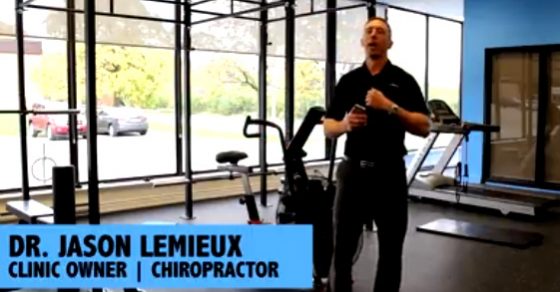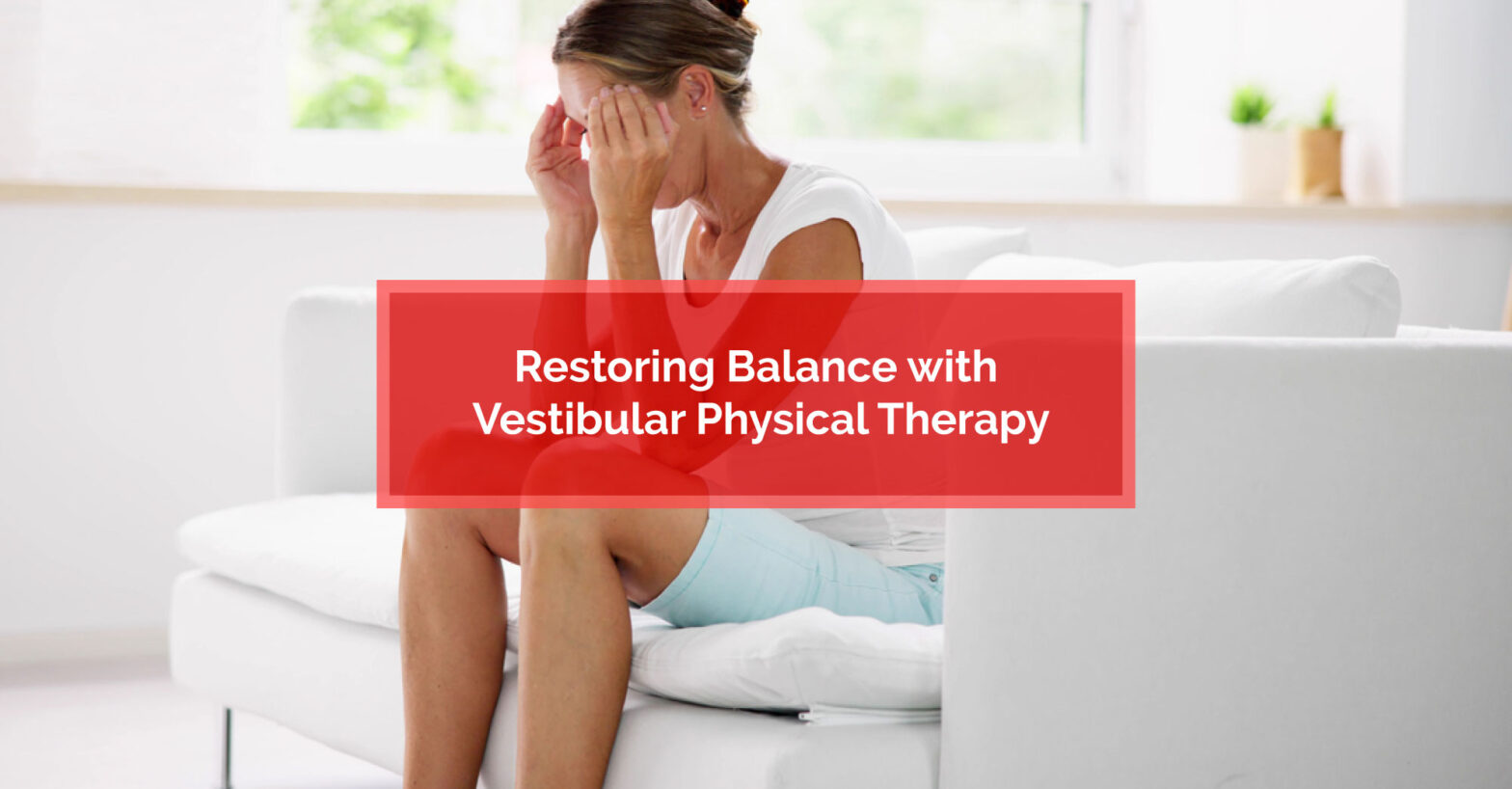Osteoarthritis Treatments: What You Need to Know...
Key Highlights: Osteoarthritis treatments focus on pain relief, restoring joint…
Read More
Posted by Dr. Scott Wilson | 20-Feb-2017
With the Winter Season dying down and finally coming into Spring, a number of people are partaking in Spring related activities, such as golf and gardening. One of the most common things that people also take part in is stretching right before a physical activity. However, Dr. Jason Lemieux explains that whilst you may stretching before strenuous activities, the stretches you are doing may not benefit you at all. It is important to learn the right stretching techniques to maintain your passive range of motion.
In the following video, Dr. Jason Lemieux shows us a variety of different stretches that help prepare us for the upcoming Spring Season and how to best make use of your stretches for activities you may partake in.
I’m Dr. Jason Lemieux, I’m a chiropractor in the physiomedical field, and we’re gonna talk about stretching, or we’re gonna talk about some misconceptions of stretching. So it’s April, we’re looking at maybe doing some stretching to make sure that we are able to get in a position so we can garden and not get hurt, or maybe we’re gonna look to play golf, it’s been a long winter and we wanna get back out on the golf course. So this time of year, we talk a lot about getting out of the winter months and being more active and doing a lotta stretching. But oftentimes, we do stretching as a way to create movement for movement’s sake. We’ll see a lotta people get into these really bendy positions, try to stretch out, but they don’t have the strength to actually use the ranges of motion that they’re trying to create. So, I wanna make sure that I can create as much…as little a gap between my passive range of motion and my active range of motion as possible.
So what do I mean by that? If we were to ask somebody to come down and see how tight their quads are, if I ask someone to reach back and grab their leg and see if they can pull their heel to their butt, a lottta people may be able to do this. But if I were to then ask them, “Okay, if you let go,” what a lotta people will see, their leg just flops right back down to the ground. So the fact they can bring their heel to their butt is useless, and anything they do actively with their leg in that extreme position is probably gonna be pretty dangerous on their knee. So if I’m gonna create a passive stretch, I’m using extra load on my leg to bring it into that area, I wanna make sure that I learn how to stabilize the muscles in that position so if I were to let go, I can maintain as high a percentage of that passive range of motion as I can. There’s no point in having something that I can’t use. Their passive range of motion’s always gonna be bigger, but if I can create as little of disparity between my active and my passive range of motion, it’s gonna dramatically decrease our injury risk.
So what are some common areas that we end up stretching and how can we apply that to normal stretches? Well, the amount of people that we hear say, “Oh, you know, I have really tight hamstrings.” That may or may not be a thing, maybe you just have some weak glutes and you’ve got overworked hamstrings, but if I’m gonna lay down, and if I could use a belt, or a towel, or a band, and if I’m gonna pull on something to try to stretch out my hamstrings, we’ll see a lot of people that…and again, you could see this range anywhere from people that feel a stretch kind of at 45 degrees, people that feel a stretch at 70, people that feel a stretch at 90. Wherever I get that stretch down my hamstring or down my calf, again, if I were to let go and my leg just zip back down, that’s not getting me anywhere. So as I pull and I start to create a stretch, I wanna feel like I can create tension throughout my body and stabilize my body, so that if I did, during this stretch, start to let go, I can actually hold my leg in that position. Right? If that becomes too difficult, I can bring myself to the corner of a door or the rig in the gym, I can start sliding myself down where I can actively bring my legs up, pull my other leg down to get that stretch, but then make sure that I have enough strength to pick my leg up off the rail. So I’m trying to create an active component to the stretch.
We see the same thing with our shoulders. It’s a very common CrossFit warm up to grab a PVC pipe and to lower your rib cage down and get a big stretch for your shoulders. But again, if I can passively stretch my shoulder to here, but I don’t have the strength to hold it, once that barbell goes overhead, I’m probably gonna be in a little bit of trouble. So if, as I engage the stretch, I can create tension through my body so I can actually lift the PVC pipe up, now I’m gonna start to create strength through that range of motion and I’ll own more of that range of motion.
Last one we’re gonna look at is, we see a lot of people having a hard time creating a squat. One of the reasons for that is they have no strength in their hip flexors. We demonize our hip flexors and we tell everybody to stretch out their hip flexors. The unfortunate thing is a lotta people miss the fact that their hip flexors are really weak. So if I’m gonna do a very popular position that helps with my squat, if I come down into a mountain climber or a spider lunge, I wanna know that if I’m gonna drop my body and use gravity to get my hip into flexion, can I actually lift my foot up off the ground? Do I have the strength in my hip flexor to actually be in that position, so that when I do grab a kettle bell or a bar bell and try to squat, I’ve actually got the strength to take myself through that range of motion? If I don’t, then I’m gonna load something that, potentially, I have no control over and then we’re rolling the dice. The incidents of getting hurt is gonna go way up. So there’s nothing wrong with doing static stretching, you can definitely help improve your mobility, but don’t forget that you have to be strong and you have to earn that range of motion. A passive range of motion alone is not gonna get you anywhere.

Key Highlights: Osteoarthritis treatments focus on pain relief, restoring joint…
Read More
Key Highlights: Runner's knee, or patellofemoral pain syndrome, is a…
Read More
Key Highlights: Upper back and neck pain can be caused…
Read More
Key Highlights: Many people want to lose belly fat for…
Read More
Key Highlights: Vestibular physical therapy, or physiotherapy, is a specialized…
Read More
Key Highlights: Tennis elbow, or lateral epicondylitis, is a condition…
Read More